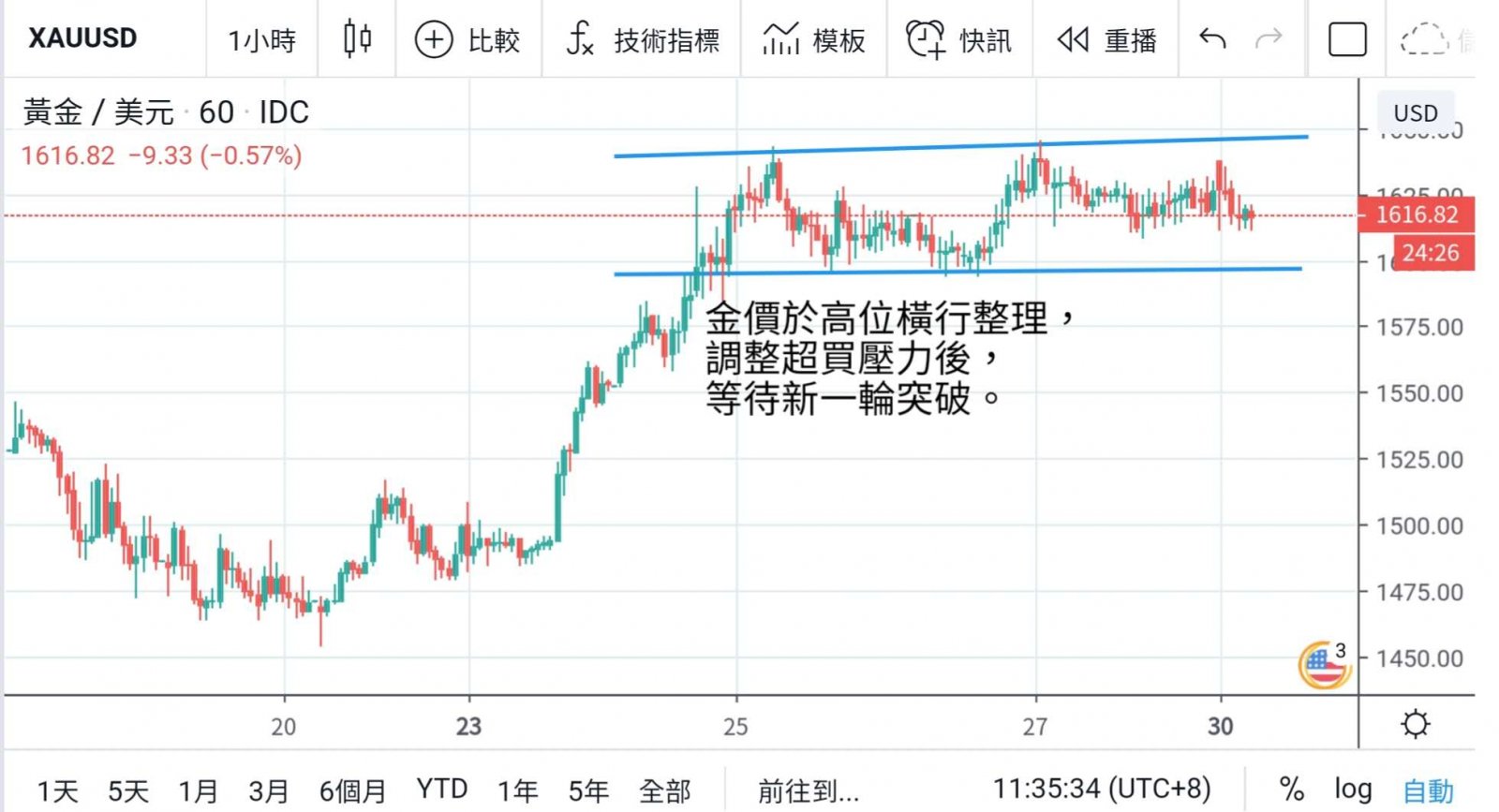Repeated rescue efforts are beginning to bear fruit, and this week will see the test of the labor market.
Last week, the world continued to rescue the market, releasing water and cutting interest rates. In addition to monetary policies, national parliaments have also approved fiscal policies to rescue the market. Among them, the US$ 2 trillion rescue plan is the most watched by the market.
Before and after the review, it has led to changes in the global market. With the announcement and the simultaneous rescue of markets by other countries, the Dow Jones Industrial Average rebounded sharply from its low level, lowering the risk aversion in the market.
U.S. dollar also fell one after another last week, with the U.S. foreign exchange weighted index falling to 100 and hovering at 98. Sterling and New Zealand dollars led the overall non-U.S. rebound. But this week the United States will soon release labor market data.
It will test whether the market is out of danger. The new crown pneumonia epidemic has begun to emerge on the economic level. I believe the recent economic data will definitely weaken.
Although the focus last week was on the rescue measures, the number of first-time claims for unemployment assistance in a week announced by the United States rose tenfold on Thursday, to an alarming one million.
The outbreak of the epidemic in European and American communities and the launching of home-based orders in the United States are bound to severely depress the performance of the labor market. Labor data to be released this week in the United States will also suffer. ADP and non-agricultural jobs are expected to show negative growth for the first time in nearly a decade.
Last week, the market had high expectations that U.S. stocks would begin to bottom out. Under unlimited QE, the market believed that capital liquidity would be restored, but the stock market performance would eventually reflect the economic performance. Although the tight liquidity has been eased,
But not all economies will also depress the performance of the stock market. This week, we need to look at how the market digests the gradual softening of the US economy. Funds will still be attached to safe haven assets.
Gold price is different from other non-U.S. currencies due to its hedging function and the cash market's forced position. Gold price took the lead in soaring last week. On the contrary, the U.S. dollar vomited back in the middle of last week, while the gold price did not follow suit.
After the futures are settled, I believe that the pressure on the gold price to hold positions will be reduced, but the gold market will not turn around and go down immediately, and will eventually support the gold price to improve under the continuous global water rescue.
The gold price has softened to 1600 and can be bought again. The current rebound in the US dollar will slightly limit the rise of the gold price. The gold price will take this opportunity to adjust its earlier sharp rise. After consolidation, it is expected to absorb the low price again and wait for a new breakthrough.
Previous Article Next Article


 Whatsapp
Whatsapp Telegram
Telegram

